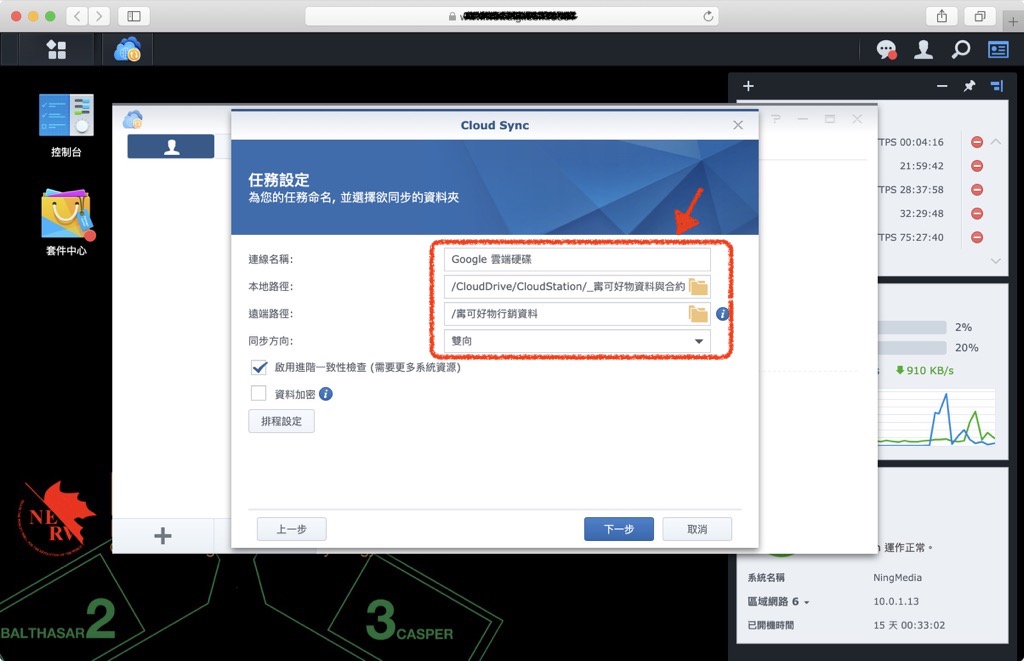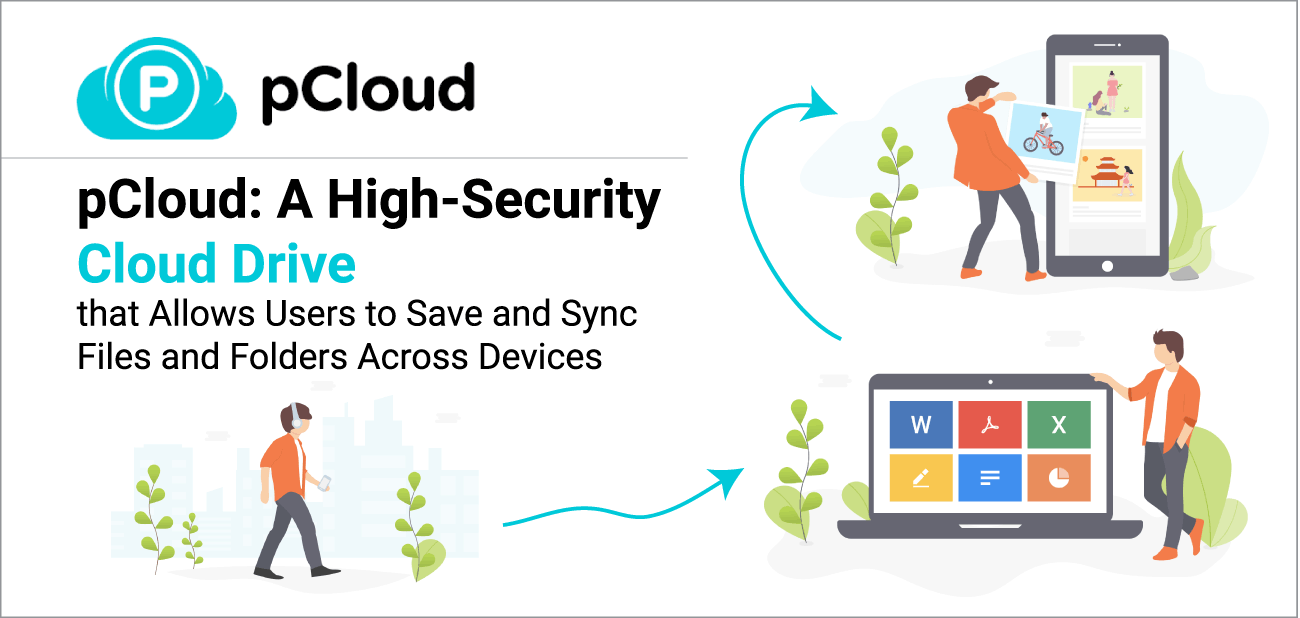

Now, if everything has been done correctly, you must save the file and copy it in location you like, eg /share/Myconfigs (but not in the destination folder or it will be overwritten). Now you can enter text, so paste the config you have in your clipboard (right click?). To enter Insert mode, press i, do it, you will see - INSERT - in the lower left corner of the terminal. When you first open a file with VI, you are in Command mode.Ĭommand mode means that you can use keyboard keys to navigate, delete, copy, paste, and do a number of other tasks EXCEPT entering text, for thet you will need Insert mode. Since it's what we have, let's try to survive.

VI it's a powerful editor, but it's like cilantro, love it or hate it.

The editor installed in the terminal is VI tense creepy background music.

Go back to the SSH connection to the NAS you have used to install rclone, here you must edit the NAS configuration file. If you're on some linux probably the config has been created inĬ:\Users\USERNAME\AppData\Local\Packages\CanonicalGroupLimited.Ubuntu20.04onWindows_79rhkp1fndgsc\LocalState\rootfs\home\USERNAME\.config\rclone\nf.Ĭopy the file content (or copy it from the terminal windows you have used for rclone config, omitting the dashes). So, if you have followed until now, you have created the configuration to access pcloud from your computer, that is, the part between the two - up there, and you just need to move it in the Synology NAS. \* Say N if you are working on a remote or headless machineĥ 16:14:46 NOTICE: If your browser doesn't open automatically go to the following link: ĥ 16:14:46 NOTICE: Log in and authorize rclone for access Choose a number from below, or type in your own value.ĥ / Amazon S3 Compliant Storage Providers including AWS, Alibaba, Ceph, Digital Ocean, Dreamhost, IBM COS, Lyve Cloud, Minio, RackCorp, SeaweedFS, and Tencent COSġ6 / Google Cloud Storage (this is not Google Drive)Ģ3 / Koofr, Digi Storage and other Koofr-compatible storage providersģ0 / OpenStack Swift (Rackspace Cloud Files, Memset Memstore, OVH)ģ8 / Transparently chunk/split large filesģ9 / Union merges the contents of several upstream fsĮnter a value.


 0 kommentar(er)
0 kommentar(er)
